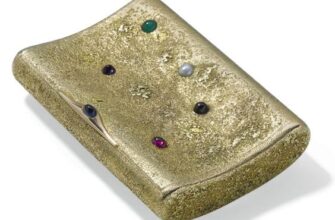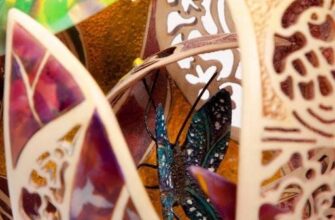We bring you interesting facts about jewelry, stones and jewelry that you may not have known before.
- The oldest known piece of jewelry ever found is Nassarius shells found in a Moroccan cave, which are 82 years old.
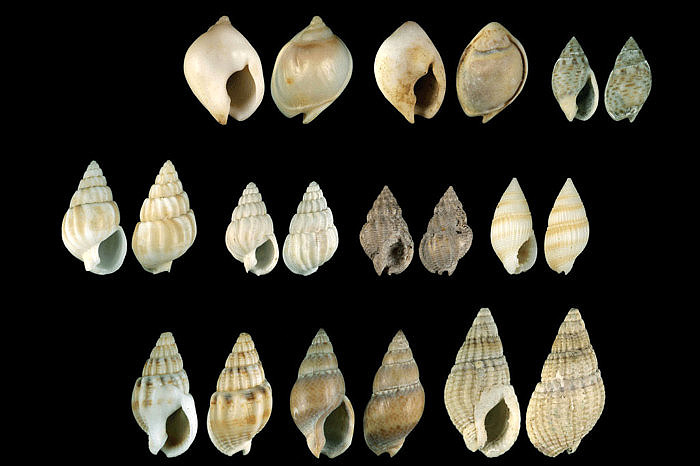
- Jewelry made from real insects has been popular at various times throughout human history. It is believed that the Egyptians were the first to think of such unexpected products by wearing scarab beetles when they went into battle. The Mexican stepmother beetle and the giant Madagascar cockroach have also been used in jewelry in the past.
- The Venetian glass craftsmen on the island of Murano have developed many creative and revolutionary ways to make glass beads. These Venetian glass necklaces gained their first popularity back in the 1200s.
- It is believed that the very first diamonds were mined in India.

- The engagement ring was first used in 1477. History tells us that this is how Maximilian I proposed to Mary of Burgundy.
- Amber is a fossilized tree resin. To be considered a gemstone, it must be at least a million years old, but could be 120 million years old.
- Pieces of amber weighing more than 1 kg are equated in Russia with precious stones and are not subject to free sale.

- Emeralds were mined by the Egyptians as early as 3500 BC.
- In Sanskrit, the name of the ruby \uXNUMXb\uXNUMXbstone sounds like "isratnaraj", which means "a kind of precious stones."
 Throughout history, jewelry has been a sign of status and wealth. So, for example, in ancient Rome, only some high-ranking people were allowed to wear rings.
Throughout history, jewelry has been a sign of status and wealth. So, for example, in ancient Rome, only some high-ranking people were allowed to wear rings.- beautiful pink kunzite will gradually lose its saturated color if left in direct sunlight for a long time. Because of this feature, the stone used to be called "evening".
- In some African cultures, huge earrings are a sign of masculinity, valor, power and high social status.
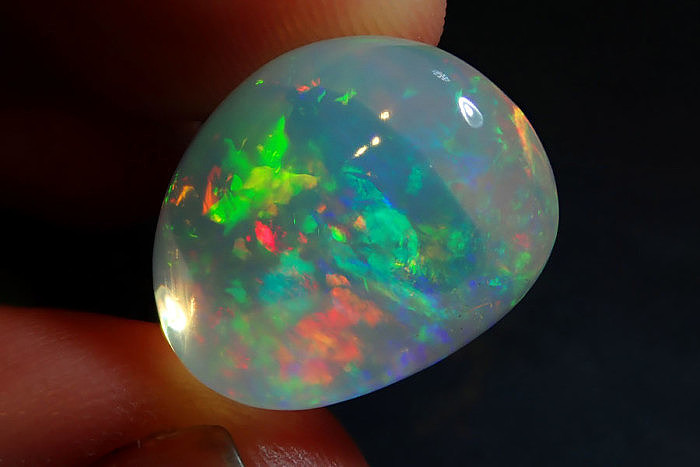
- Opals can contain up to 30% water in their composition.
- Sapphires come in almost every color except red. These gemstones are found on almost every continent, where deposits have vastly different soil chemistry, providing a similar variety of palette.
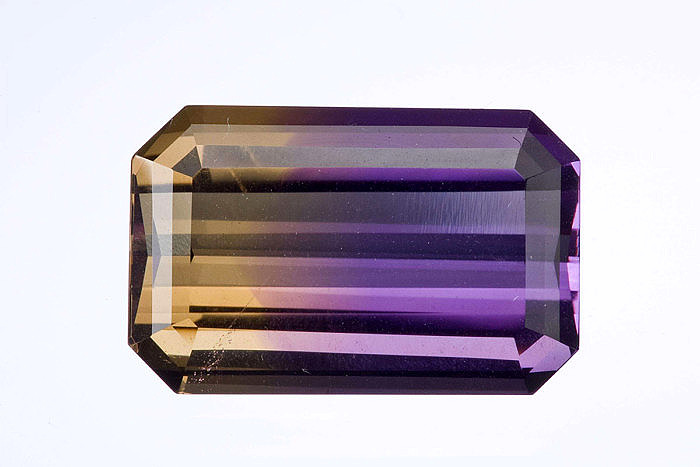
- Extraordinary two tone ametrine got its name from two other stones - amethyst and citrine - because it combines the colors of both. Both of them, in turn, are varieties of quartz.
- The ruby owes its name to its red color, which in Latin sounds like "Rubeus".
- Palladium is a precious metal of the platinum group.
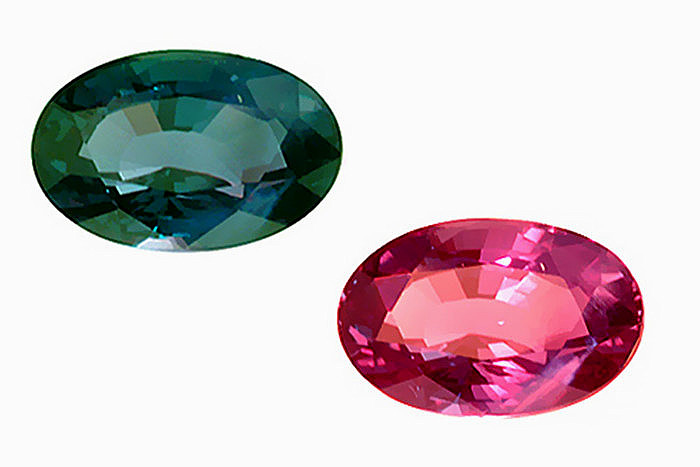
- Alexandrite can become green in daylight and red in artificial light.
- Pearls may not have a pearlescent sheen. Such rare species include conch, melo and cohog. Read more - in our article about types of pearls.

- "Dragon skin" - that's what they call extraordinary green ammolite, which is the mother-of-pearl layer of ancient ammonite shells.
Each nation at one stage or another of development was born and sometimes passed on funny, sometimes romantic, and sometimes completely unexpected signs and superstitions about precious stones. Let's go over the ten most notable.
- During the Middle Ages, three jewelry stones were the talisman of thieves and robbers at once: opal, heliotrope and chrysoprase. This diversity is due to the fact that by that time all three stones, according to legend, had acquired one very important unifying quality. So, if the thief discovers a pursuit, he certainly had to put on a ring with one of these gems, and he would immediately become invisible to his pursuers.
- In the 19th century in Brazil, there were recommendations for wearing certain jewelry stones for representatives of different professions. For example, doctors were supposed to prefer emeralds, lawyers rubies, military engineers turquoise. But ordinary residents who do not belong to any of the listed specialties were recommended sapphires.

- In ancient India, it is expected that the most popular gemstone was the diamond. And it was he who "shared" between representatives of different social castes. More precisely, each caste could only wear jewelry with diamonds of a certain shade. The highest caste - the priests - could wear flawless colorless diamonds. The caste of warriors was attributed to pink stones. The landowners "got" the yellow gems. But the pariahs standing on the lower step could only claim black diamonds.
- Nephritis considered the national stone of China and has long been positioned as a symbol of power. In the old days, this stone was used as an indicator of a place in society. So, local officials wore a jade ball on their cap. The size and color of this ball signaled what place a person occupied on the hierarchical ladder.
- There is a belief that a person wearing an emerald will never be bitten by a cobra, because, once looking at the stone, she will immediately go blind.

- In continuation of the story about the anti snake properties of green beryl, one cannot remain silent about the marvelous story of the Tajik scientist Abu-Reihan-Muhammad ibn-Ahmed al-Biruni, who lived a thousand years ago. Biruni categorically denied the presence of at least some magical properties about precious stones, including emeralds. In order to convey to the masses the untenability of these fantasies, he spent a lot of time on seemingly ridiculous checks, and came to the following conclusion:
“Despite the unanimity of the narrators, the truth of this is not confirmed by experience. I have done so many trials that more than this is impossible: I girded a snake with an emerald necklace, poured emeralds into the bottom of a basket with snakes, waved emeralds strung on a string in front of them, and all this I did for nine months and in hot and cold weather. But nothing remained on her but an emerald coating, and this had no effect on her eyes, if it did not increase the sharpness of her vision.
- In the old days, it was believed that a pomegranate, on the surface of which the image of a lion was carved, was able to cure its owner of all ailments and protect against dangers during long journeys. But if instead of a pomegranate a royal cat was wearing a carnelian, then such a stone could only save from poisoning and pacify the fever.
- In addition to the fact that turquoise has been considered a symbol of romantic love for centuries, for a long time it was the talisman of cavalrymen. There was an opinion that this beautiful stone is able to protect from falling from a horse.

Royal Horse Artillery, XNUMXth century - It is curious that in the 16th century people assumed that turquoise could save from any fall at all. However, some treated these superstitions with irony. So, according to rumors, when one of the Tudors was asked about this unique property of the stone, he answered: “I only know that if I put a turquoise ring on my finger, climb the tower and fall from it, then the insert in the ring will not break.”
- We will complete our list of signs and superstitions with a panacea stone. In medieval England, one of the favorites of local lithotherapists was jet is a type of coal. They were treated for poisoning, epilepsy, hysteria, gastrointestinal diseases, snake bites, the "evil eye", and also protected from evil spirits, witchcraft and - unexpectedly - even storms.
Gems have carried a rich symbolism for many centuries, often giving rise to mystical beliefs about the magical abilities of a particular stone. We, for our part, do not recommend testing them in practice. However, if you want to express your passionate feelings with a beautiful ruby ring of bright scarlet color, it definitely won't hurt anyone.




